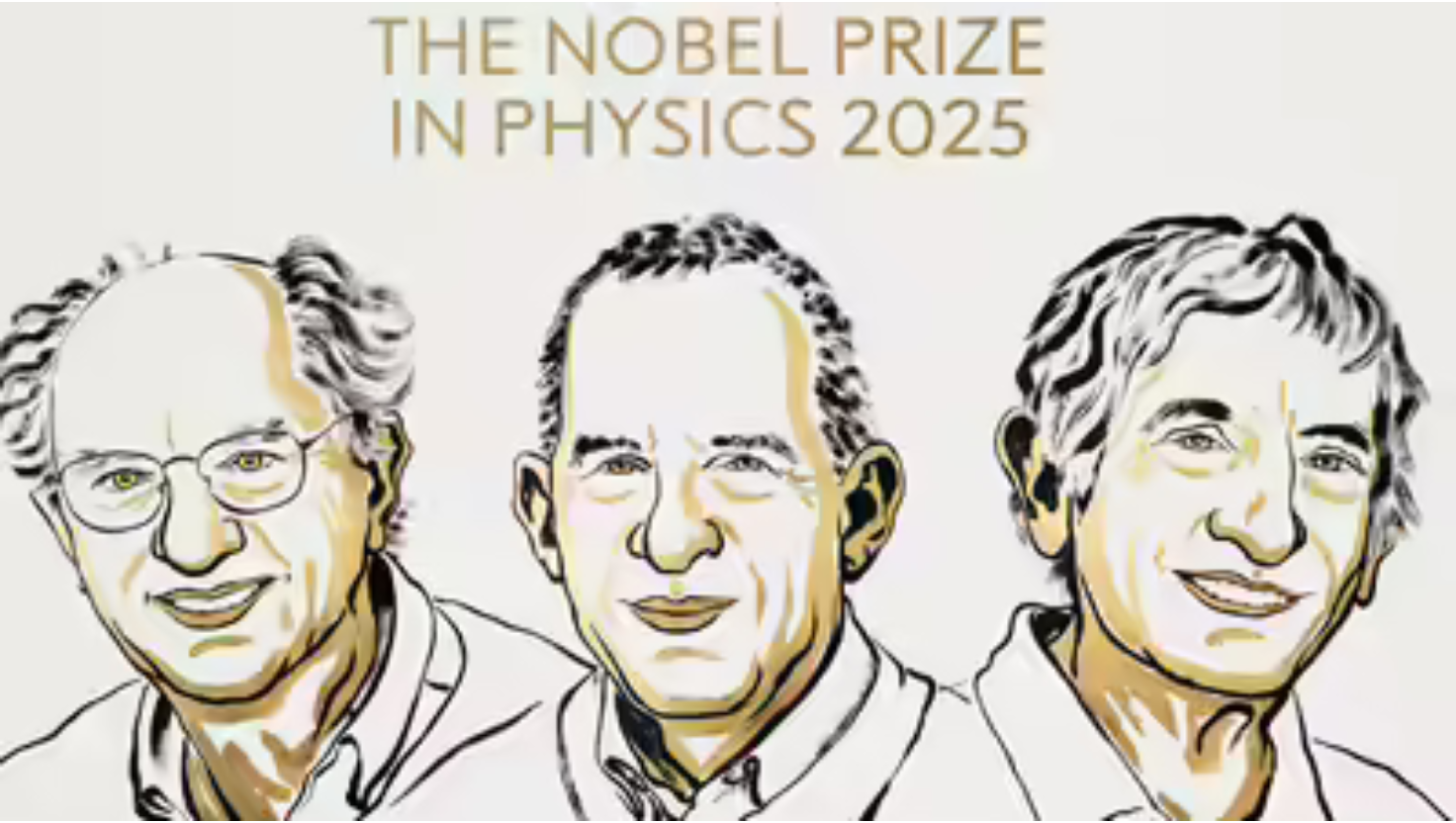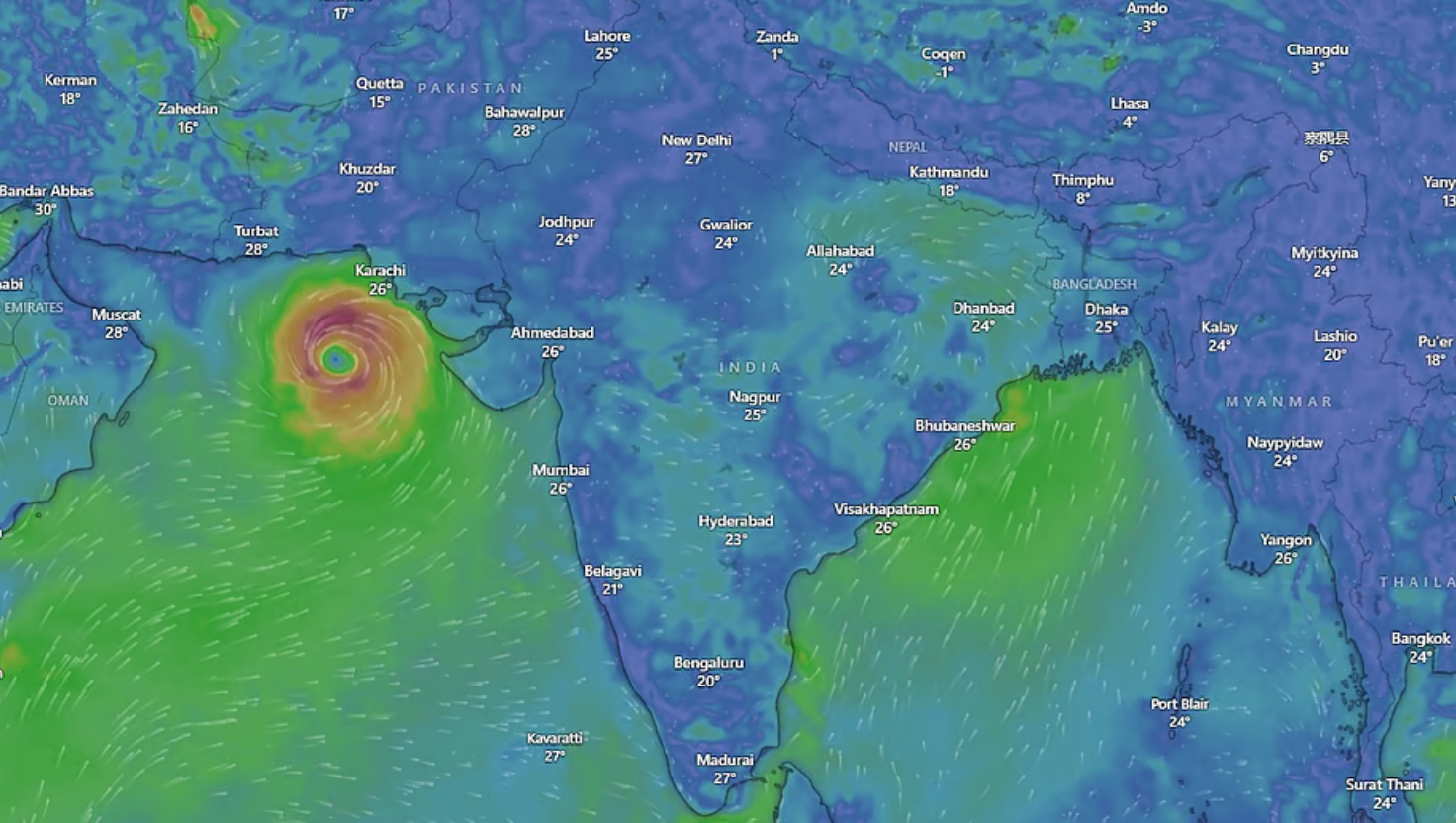ISRO Successfully Conducts Hot Tests for Gaganyaan Mission
Syllabus: Science and Technology – Space Technology
Source: New Indian Express
Context:
As Group Captain Shubhanshu Shukla, India’s first astronaut and designated Gaganyatri, gains practical experience aboard the International Space Station under the Axiom-4 mission, the Indian Space Research Organisation (ISRO) continues to make steady progress toward its ambitious Gaganyaan Mission—India’s first crewed spaceflight.
Key Development:
On Wednesday, ISRO announced the successful completion of two hot tests of the Gaganyaan Service Module Propulsion System (SMPS).
- The tests lasted for 30 seconds and 100 seconds respectively.
- These hot tests were conducted to validate the propulsion system’s design and performance under real conditions.
- According to ISRO, the parameters remained normal and matched pre-test expectations.
Mission Timeline:
- ISRO Chairman V. Narayanan confirmed that the Gaganyaan mission is scheduled for launch in March 2027.
- He stressed that multiple rigorous tests are essential to ensure mission success on the first attempt.
- “Every parameter is being verified thoroughly to avoid anomalies in later stages,” he stated.
Technical Highlights:
- The Reaction Control System (RCS) thrusters and the Liquid Apogee Motor (LAM) performed successfully across different test modes.
- The Service Module Propulsion System (SMPS) is crucial for:
- Orbital manoeuvring
- Abort scenarios during flight
- SMPS comprises:
- Five Liquid Apogee Motors (LAMs)
- Sixteen Reaction Control System (RCS) thrusters
- The Liquid Propulsion Systems Centre (LPSC) is leading the development of SMPS technology.
Next Steps:
With these successful short-duration tests, ISRO now plans to conduct a full-duration hot test in the coming weeks.
This is part of the step-by-step validation approach necessary for ensuring astronaut safety and mission reliability.
Conclusion:
The Gaganyaan mission is a major leap in India’s space journey, aiming to send Indian astronauts into low Earth orbit using indigenous technology. The successful hot tests mark a critical milestone in this process and reflect ISRO’s steady commitment toward achieving a safe and historic first manned mission.











